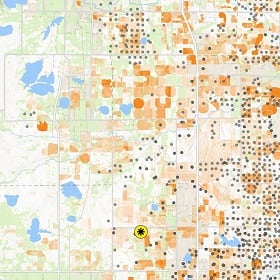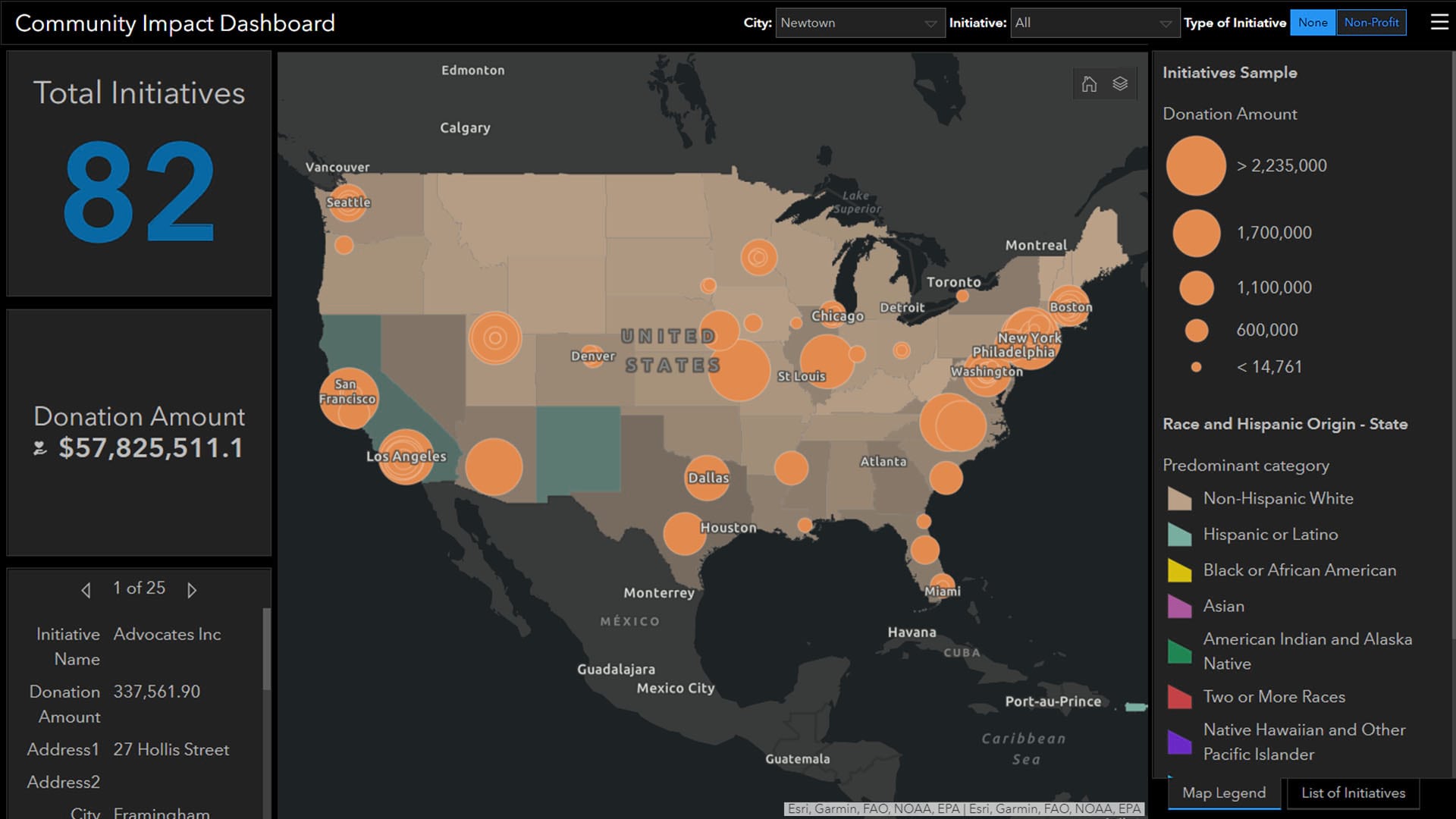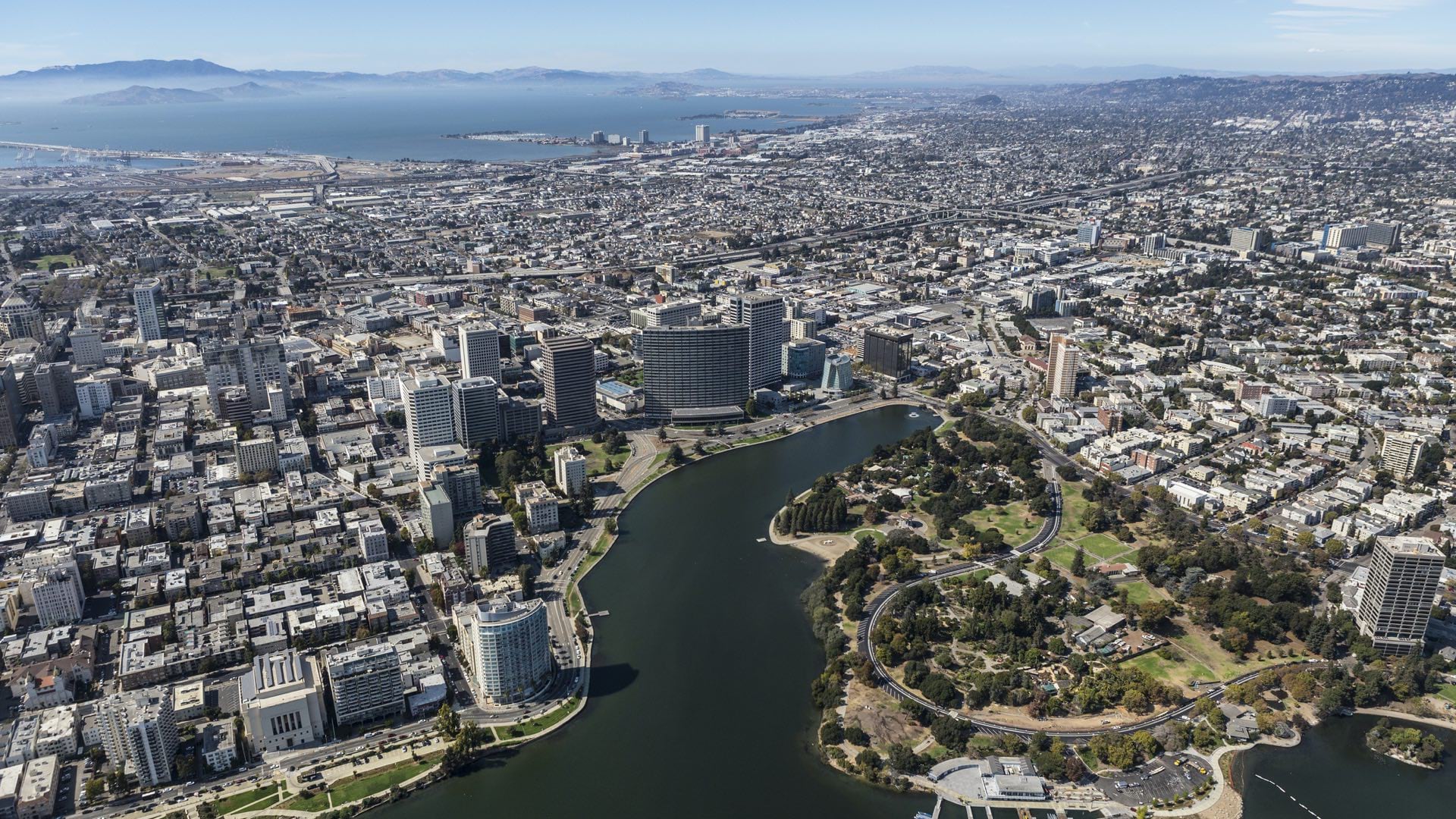In the wake of the COVID-19 pandemic’s destabilizing economic impacts, Americans generally have a wary outlook on the future of economic opportunity, according to a new nationwide survey, but some surprising glimmers of optimism have emerged.
In a new survey by McKinsey and the polling firm Ipsos, just 42 percent of 25,000 respondents said that most Americans have access to good jobs. Half of respondents said they would not be able to cover living expenses for more than two months if a family member were to lose a job.
The study’s findings also indicate several ways in which the pandemic has worsened existing inequalities: in the last year, low-income workers, women, and people of color were among those most at risk of losing jobs and encountering economic insolvency.
Yet the data points to signs of hope for employees as well as business leaders aiming to lift the national economy back to full health. People of color and immigrants showed some of the most positive views on job prospects: Black and Hispanic/Latinx individuals were 60 percent more likely than white respondents to anticipate more economic opportunities in the coming year. Those groups also had a promising view of the economy’s potential to provide economic opportunity for everyone.
Such sentiment data can be a starting point for understanding a community or group, with hard data about economic conditions rounding out the picture. Today, business planners and public policy makers are using location-specific data—contextualized through geographic information system (GIS) technology—to understand where community-focused investments should be made and where they will have the most impact.
On-the-Ground Complexities in Economic Opportunity
The insights of the inaugural McKinsey American Opportunity Survey arrive at a time when major corporations are moving to make good on promises to build more inclusive workforces and create more economic opportunities in underrepresented communities.
One way that companies are following through on equity commitments is by investing in BIPOC-owned businesses and underserved areas. Earlier this year, Apple announced a $100 million initiative to back technology education in neighborhoods that have often been excluded from such funding. Starbucks and JPMorgan Chase have also rolled out programs focused on communities in low- and moderate-income areas.
As companies decide how and where to allocate these funds to achieve meaningful impacts, location-specific data could be one input that helps target their efforts. With GIS data and analysis, planners can deepen the perspective by examining homeownership rates, unemployment, and educational attainment in neighborhoods across the country.
By virtue of those capabilities, GIS is quickly becoming a go-to tool for the next generation of socially conscious business leaders.

There are complexities on the local level that national generalizations cannot account for, pointing to the usefulness of location analysis in guiding corporate social responsibility actions.
Unlocking Differences through Location Analysis
In McKinsey’s survey, geography proved to be a key factor in understanding the differing economic outlooks of various population segments. For example, Asian Americans in Charlotte, North Carolina, reported the highest overall economic opportunity score of any ethnicity in any city. Yet Asian Americans living in Miami reported the most negative outlook of any group in any geography.
Overall, urban metropolises look to be engines of economic renaissance, and may be natural targets for corporate investments aimed at increasing equity. Here again, savvy executives and planners will use data to ground-truth assumptions and analyze the geographic complexities at play.
For example, McKinsey found that Black residents in big cities with high costs of living reported less economic optimism than their white counterparts. But in most other cities—especially Miami, Charlotte, and Minneapolis—Black residents were among the most optimistic. Those outlooks on economic opportunity often reflect local conditions on the ground, and a modern GIS includes the data and geographic context to see the full picture.
Another major location insight raised by the survey data was the danger of rural Americans being left behind by a rapidly evolving economy. Approximately 60 million of America’s 330 million residents live in rural areas. Those who participated in the survey indicated they were less willing than urban dwellers to relocate for work, switch occupations, or move to a new industry. These proclivities were matched by a generally pessimistic outlook, as rural inhabitants were 1.7 times more likely than city inhabitants to expect a general national decline in economic opportunity.
Putting Money Where the Momentum Is
The survey findings potentially surface several takeaways for executives who are serious about weaving social responsibility into their operations and investments. By integrating this information with other datasets on a community’s economic health, business planners can anticipate or even reverse economic trends.
A company may want to invest in cities or neighborhoods where optimism is abundant, capitalizing on local momentum to help build vibrant, inclusive markets.
Conversely, a region where pessimism is high may indicate a place where funding is needed most, or may indicate that resources could be employed in lobbying local governments to take action.
For companies looking to ground their community investments and equity initiatives in facts, tools like GIS-based location analysis are essential to planning an economic future that everyone can look forward to.











